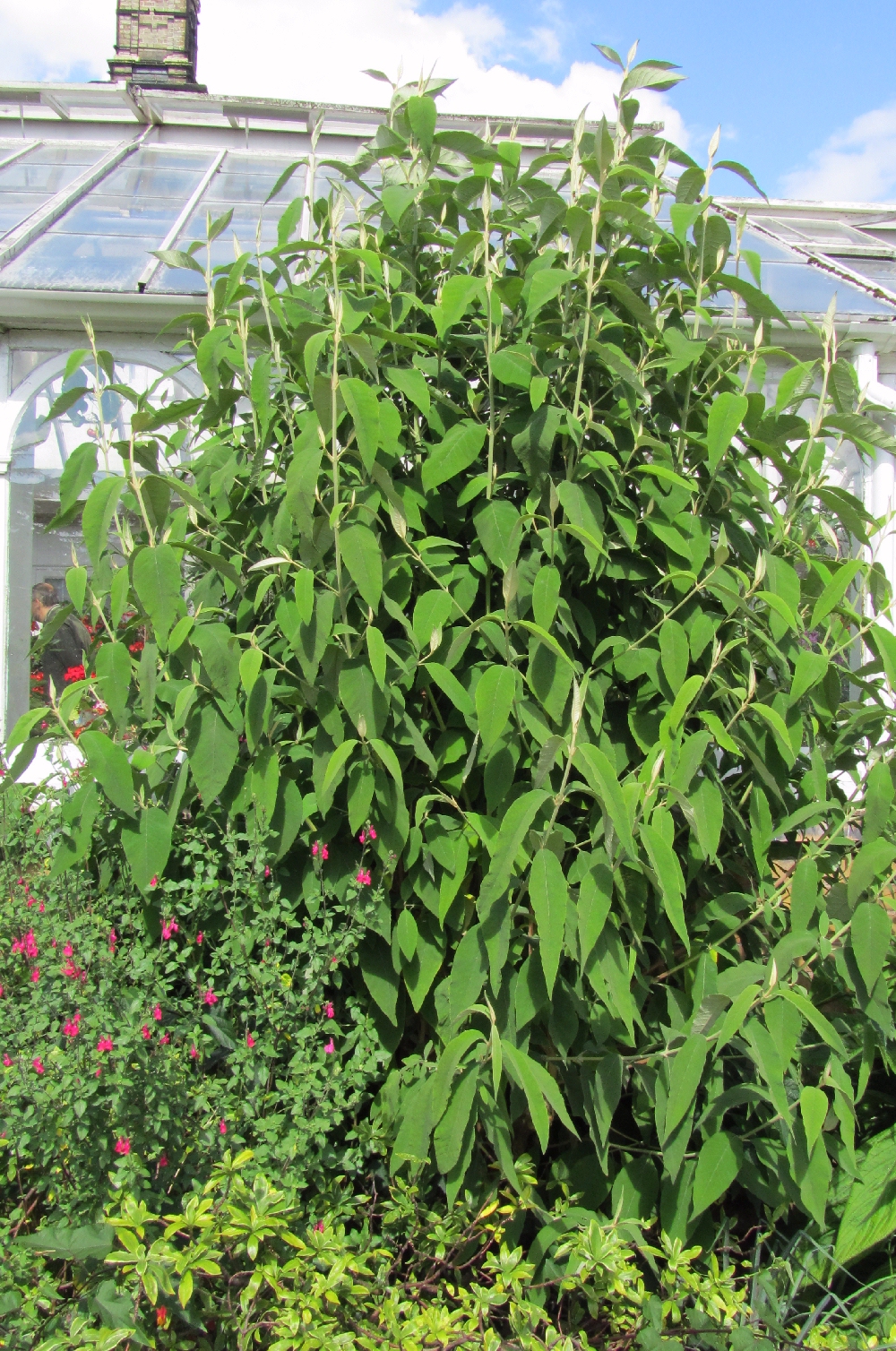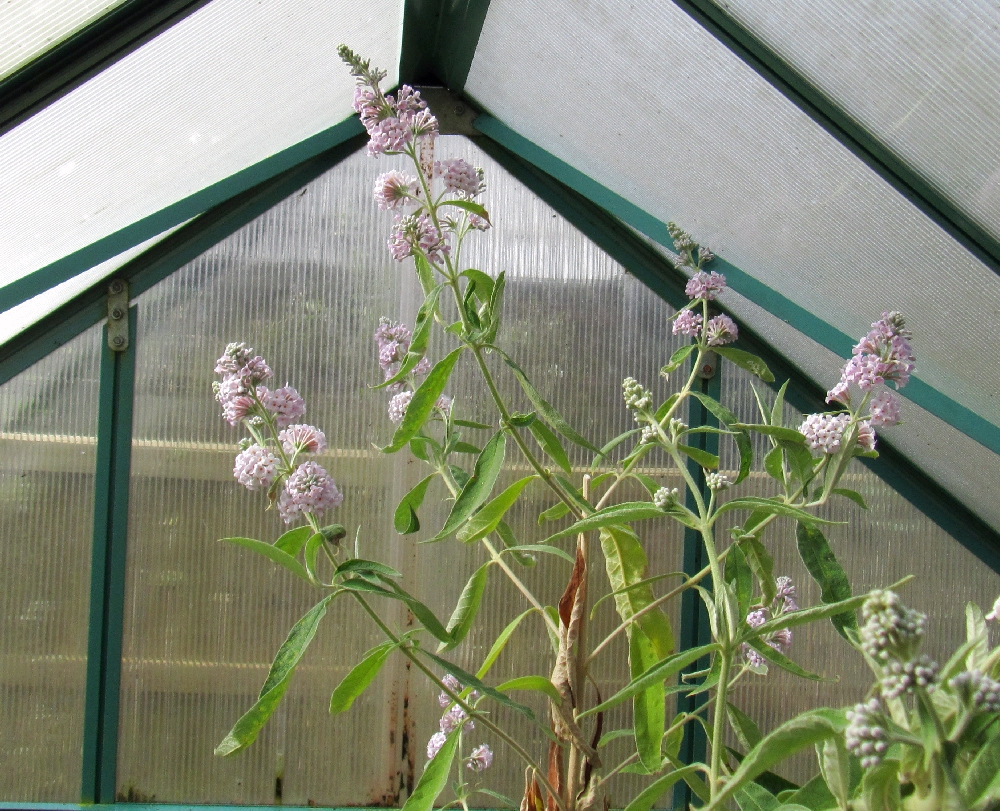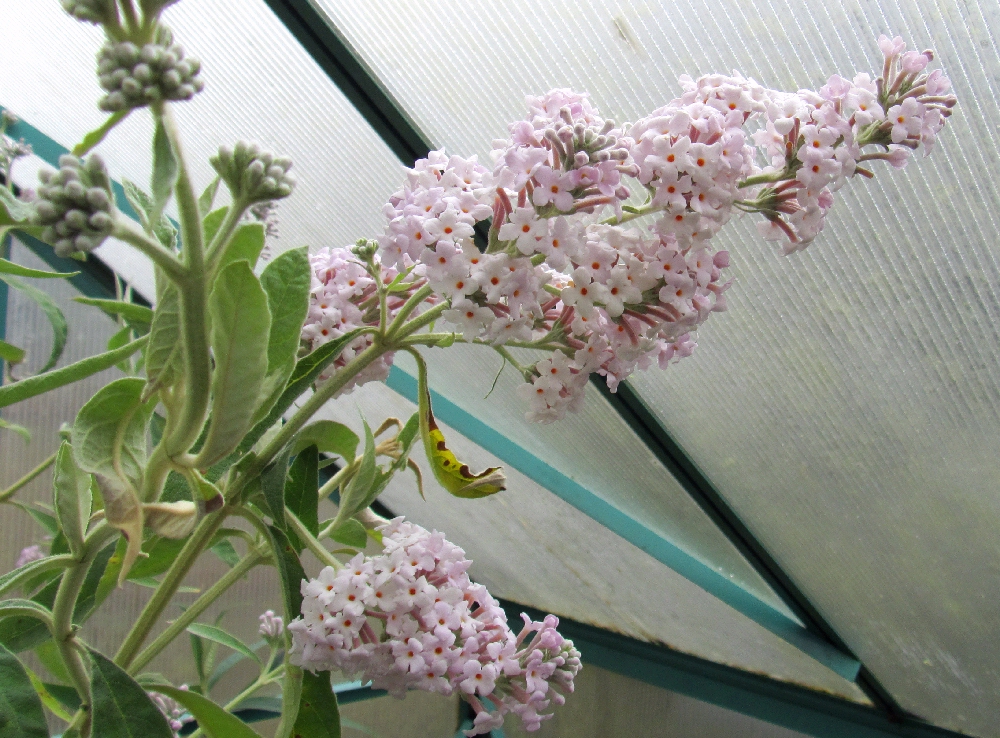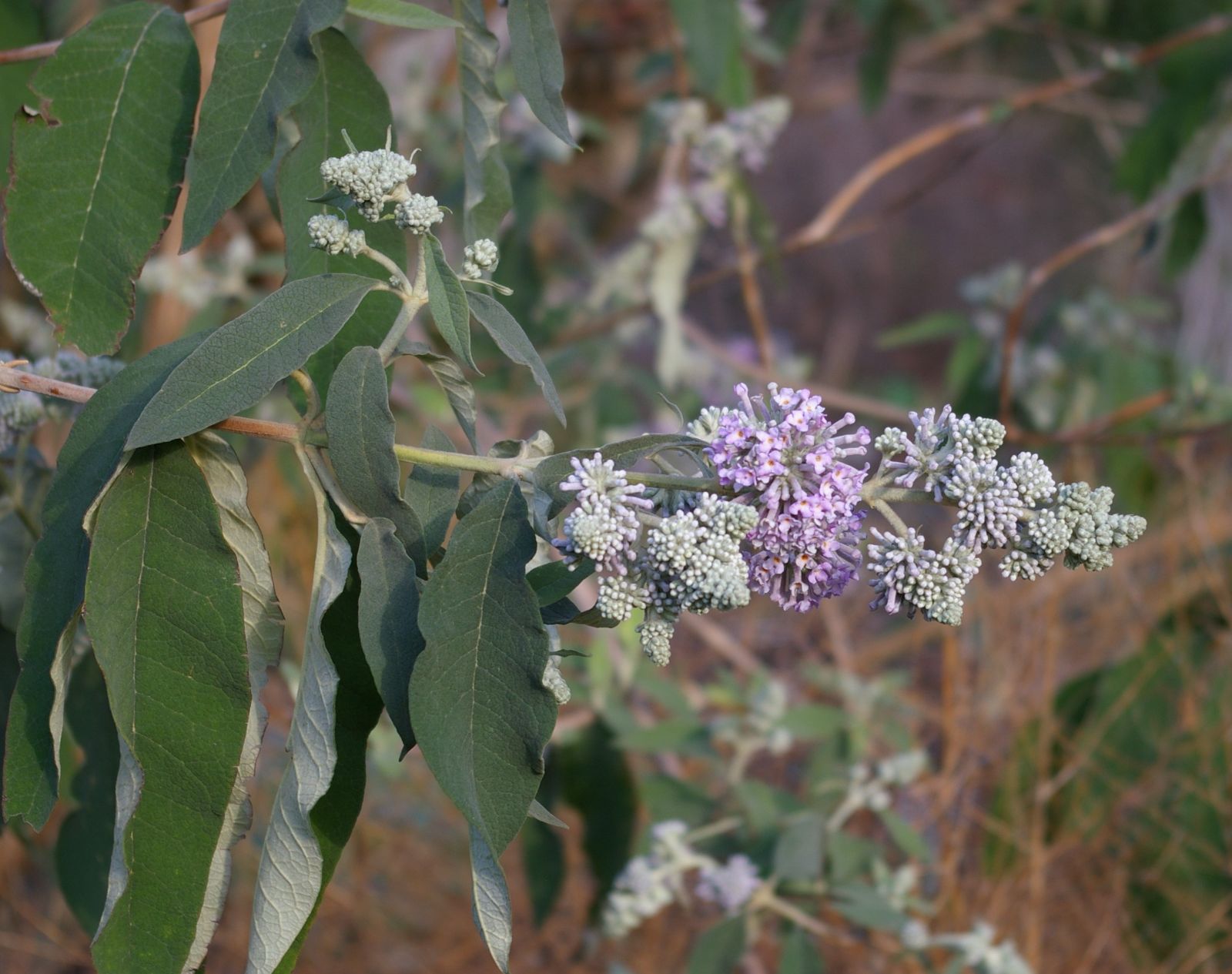Buddleja officinalis
Sponsor
Kindly sponsored by
The John Spedan Lewis Foundation
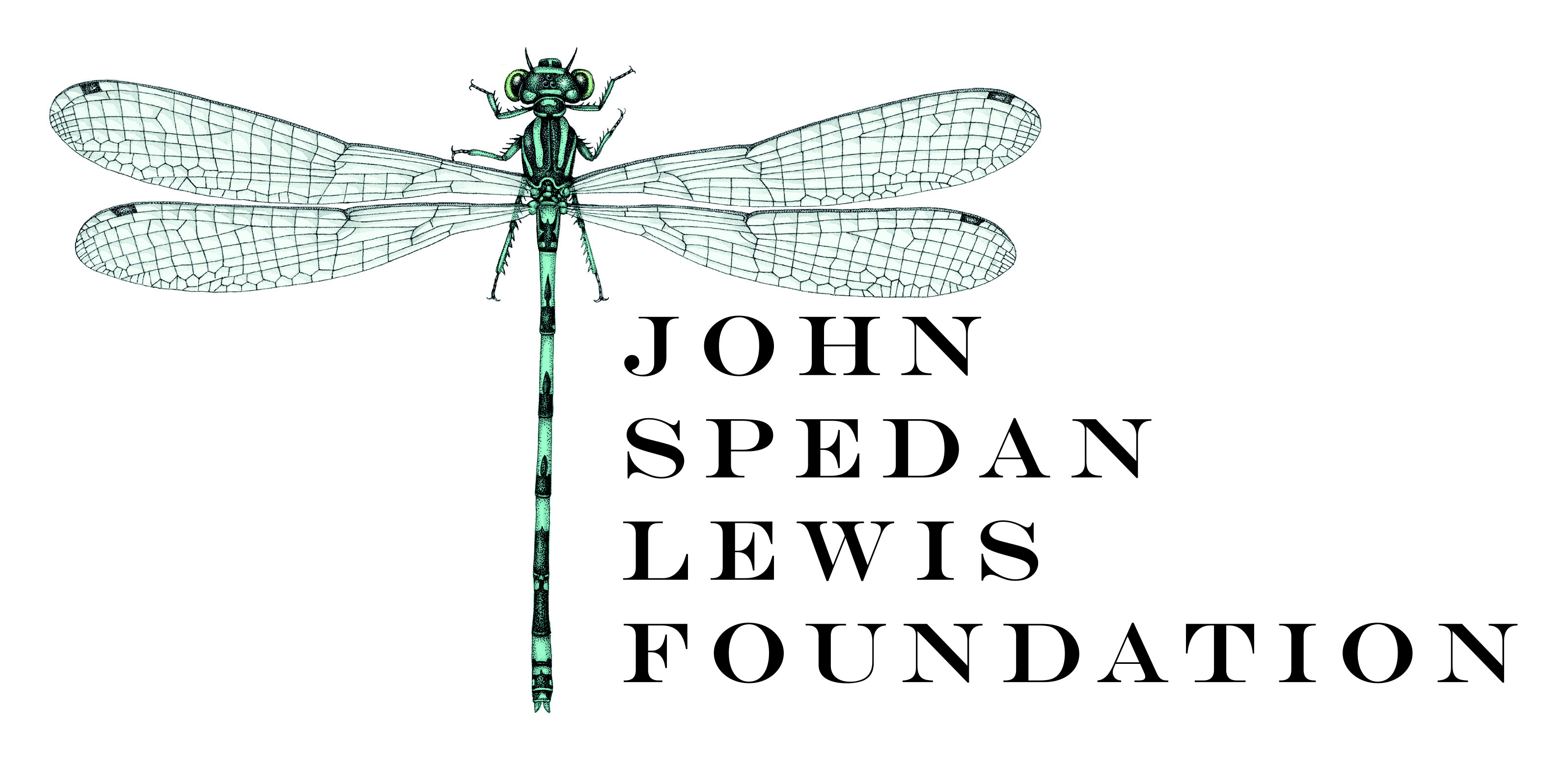
Credits
Andrew Large (2021)
Recommended citation
Large, A.T. (2021), 'Buddleja officinalis' from the website Trees and Shrubs Online (treesandshrubsonline.
Genus
Synonyms
- Buddleja officinalis var. macrantha Lingelsh.
Other taxa in genus
- Buddleja albiflora
- Buddleja alternifolia
- Buddleja araucana
- Buddleja asiatica
- Buddleja auriculata
- Buddleja caryopteridifolia
- Buddleja colvilei
- Buddleja cordata
- Buddleja crispa
- Buddleja crispa × lindleyana
- Buddleja curviflora
- Buddleja davidii
- Buddleja delavayi
- Buddleja fallowiana
- Buddleja fallowiana × davidii
- Buddleja FLUTTERBY™ Series
- Buddleja forrestii
- Buddleja globosa
- Buddleja glomerata
- Buddleja japonica
- Buddleja lindleyana
- Buddleja LO AND BEHOLD® Series
- Buddleja longiflora
- Buddleja loricata
- Buddleja × luteolufaucia
- Buddleja macrostachya
- Buddleja marrubiifolia
- Buddleja megalocephala
- Buddleja 'Miss Ruby'
- Buddleja 'Morning Mist'
- Buddleja myriantha
- Buddleja New Dwarf Hybrids
- Buddleja nivea
- Buddleja 'Orange Sceptre'
- Buddleja paniculata
- Buddleja × pikei
- Buddleja 'Pink Delight'
- Buddleja saligna
- Buddleja 'Salmon Spheres'
- Buddleja salviifolia
- Buddleja 'Silver Frost'
- Buddleja speciosissima
- Buddleja 'Summer Beauty'
- Buddleja virgata
- Buddleja × wardii
- Buddleja × weyeriana
- Buddleja × weyeriana Hybrids
- Buddleja 'Winter Sun'
Shrub 1–4 m in height; branchlets terete or sub-angular, stellate tomentose. Leaves opposite, petiolate or subsessile, petioles up to 30 mm long; blade ovate or elliptic, narrowly so, 4–19 × 2–8 cm; base cuneate or decurrent, apex acuminate, acute or obtuse; margin entire, sinuate, or repand-dentate; stellate-tomentose on both sides, glabrescent above; venation reticulate, impressed above. Inflorescences terminal, paniculate or thyrsoid, variable in shape, lax or congested, 5–30 × 2–10 cm; flowers fragrant. Calyx campanulate, 2.5–4.5 mm, outside densely stellate tomentose and with some glandular hairs; lobes triangular to broadly triangular, 0.6–1.2 × 1–1.2 mm. Corolla pinkish, lilac, or pale purple to almost white, with an orange throat, 1–1.3 cm, outside densely stellate tomentose and with some glandular hairs; corolla tube 8–10 × 1.6–2.2 mm, inside densely pilose from apex of the ovary to the mouth; lobes sub-orbicular, 2–3 × 1.8–2.8 mm, inside glabrous. Stamens included, inserted just above middle of corolla tube; anthers oblong, 0.8–1.3 mm. Ovary ovoid, 1.5–2.2 × 1.2–1.8 mm, stellate tomentose and with some glandular hairs, and glabrous below middle. Style 1–1.5 mm, hair at the base like the ovary; stigma clavate. Capsules ellipsoid, 4–8 × 2–3 mm, stellate tomentose, glabrescent. Seeds narrowly elliptic, 1–1.2 × 0.3–0.5 mm, winged all around. (Leeuwenberg 1979; Li & Leeuwenberg 1996).
Distribution Myanmar China Anhui, Fujian, Gansu, Guangdong, Guangxi, Guizhou, Henan, Hubei, Hunan, Jiangsu, Shaanxi, Shanxi, Sichuan, Xizang, Yunnan Vietnam
Habitat On forest edges and thickets along riverbanks, at altitude in mountains 200–2800 m asl.
USDA Hardiness Zone 8-9
RHS Hardiness Rating H4
Awards RHS AGM
Conservation status Not evaluated (NE)
Buddleja officinalis was first described in Europe by Maximowicz in 1880, having been known to Chinese culture for centuries for its medicinal and culinary-dye uses of the flowers; the yellow pigment of the flowers’ eyes is chemically similar to that of the saffron crocus Crocus sativus. Closely allied to B. paniculata, this species is a large shrub, normally found growing at altitude across a large range in China; it may be evergreen where the conditions are mild, but deciduous where the winters are cold. Its leaves are large and velvety, and the foliage is very dense in the summer months. The flowers, which are arranged in variable panicles, are most often pale pink to lilac but can also be mauve or white, and are very fragrant. These appear in early spring from buds held dormant over the winter, so are prone to damage by frost or cold winds.
In the garden, B. officinalis requires free-draining soil without any possibility of winter water-logging. A warm, south-facing wall with shelter from cold winds is required to prevent both the loss of the foliage and damage to the flower buds. In cooler climes, USDA zones colder than 8b, it may be necessary to grow a specimen in a pot and bring it under cover in the winter. The species was awarded the RHS AGM in 2002 (Stuart 2006).

